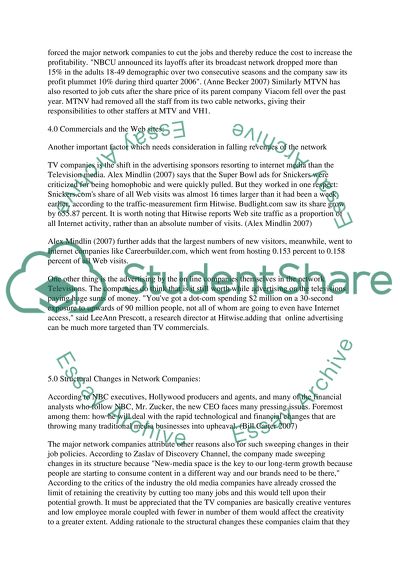Cite this document
(“Changes in Network Structure and Ownership of US Broadcast Television Essay”, n.d.)
Changes in Network Structure and Ownership of US Broadcast Television Essay. Retrieved from https://studentshare.org/information-technology/1510325-us-telecommunication-industry
Changes in Network Structure and Ownership of US Broadcast Television Essay. Retrieved from https://studentshare.org/information-technology/1510325-us-telecommunication-industry
(Changes in Network Structure and Ownership of US Broadcast Television Essay)
Changes in Network Structure and Ownership of US Broadcast Television Essay. https://studentshare.org/information-technology/1510325-us-telecommunication-industry.
Changes in Network Structure and Ownership of US Broadcast Television Essay. https://studentshare.org/information-technology/1510325-us-telecommunication-industry.
“Changes in Network Structure and Ownership of US Broadcast Television Essay”, n.d. https://studentshare.org/information-technology/1510325-us-telecommunication-industry.


